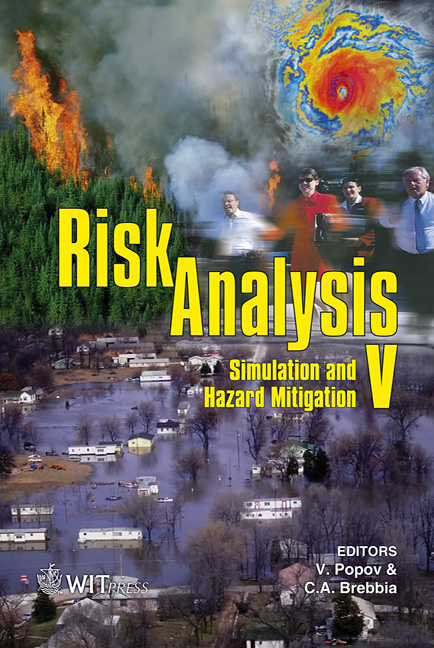Enhancing Safety In The Event Of Catastrophic Failure: The Case For Continual Use Systems
Price
Free (open access)
Transaction
Volume
91
Pages
9
Published
2006
Size
330 kb
Paper DOI
10.2495/RISK060161
Copyright
WIT Press
Author(s)
S. A. McComb & A. V. Deshmukh
Abstract
Ensuring safety in the event of catastrophic failure has received a significant attention in recent years. Organizations are putting systems in place to counteract man-made and natural disruptions to critical infrastructures (e.g., health care networks, transportations systems, electric grids, telecommunication networks) and business value chains to keep the population safe and minimize the impact on the economy. Many of these systems, however, are designed for emergency use only. This paper presents evidence that suggests this approach may not provide the safest and most effective results. Specifically, our research demonstrates that people do not respond well to an environmental disruption when the response procedures are not well established and part of the routine practices. Thus, we suggest incorporating continual use, robust systems that can be used during normal operations and function effectively during disruptions as an alternative means of preparing for extreme event failures. We present an example of an information infrastructure that allows the realization of such continual use processes. We conclude with a discussion of future research needed in this area. Keywords: environmental uncertainty, continual use systems, robust systems. 1 Introduction For many, safety in day-to-day life is the norm that is taken for granted. A continuously safe environment, however, is unrealistic. Catastrophic failures will occur. These failures may be natural (e.g., hurricanes) or man-made (e.g.,
Keywords
environmental uncertainty, continual use systems, robust systems.





